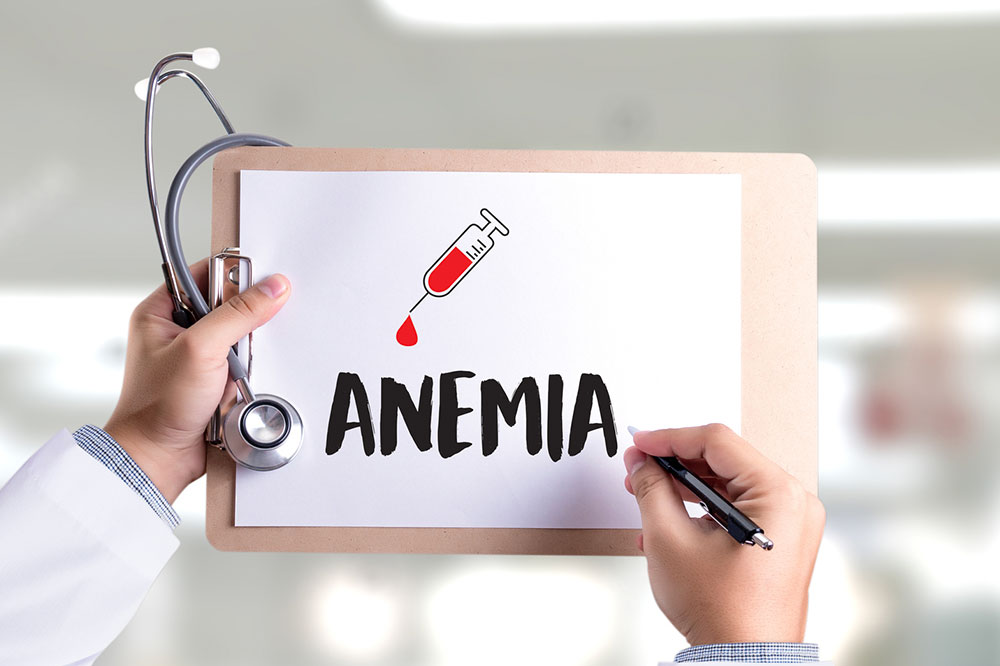Understanding Carcinoid Neuroendocrine Tumors: Causes, Symptoms, and Risks
Learn about carcinoid neuroendocrine tumors, including their causes, symptoms, risk factors, and prognosis. Understanding these rare tumors can help in early detection and management. While they often develop slowly and are treatable, some can be aggressive. Recognizing risk factors like genetics, immune system issues, and lifestyle choices is vital. This comprehensive overview emphasizes the importance of consulting healthcare professionals for persistent symptoms, as early diagnosis can significantly improve outcomes.

Understanding Carcinoid Neuroendocrine Tumors: Causes, Symptoms, and Risks
What Are Carcinoid Neuroendocrine Tumors and Their Symptoms?
Neuroendocrine tumors originate from hormone-producing cells within the endocrine system, which secrete hormones into the bloodstream. These tumors are quite rare and often develop slowly over time. Most frequently, they form in the small intestine and appendix, but can also occur in the lungs, pancreas, ovaries, stomach, testes, and kidneys. While some grow gradually, others can be highly aggressive and spread rapidly, leading to serious health complications.
Factors That Increase the Risk of Developing These Tumors
Although the exact cause remains unknown, certain risk factors may raise the likelihood of developing carcinoid neuroendocrine tumors:
Inherited genetic disorders or family history can elevate risk.
Presence of multiple endocrine neoplasia (MEN), a condition involving tumors in hormone-producing glands, predisposes individuals.
Age plays a role, with most diagnoses occurring between ages 50 and 60.
Women are somewhat more susceptible than men.
Ethnicity and race can influence risk levels.
Weakened immune systems, such as those caused by HIV/AIDS or organ transplants, increase vulnerability.
High exposure to ultraviolet rays from prolonged sun exposure may cause DNA damage, leading to tumor development.
Smoking has been linked to a higher incidence of neuroendocrine tumors.
Recognizing Symptoms of Carcinoid Tumors
These tumors are often diagnosed between ages 50 and 60, though symptoms vary. Some individuals remain asymptomatic. When present, symptoms include:
Flushing and skin redness
Diarrhea and abdominal cramps
Wheezing or breathing difficulties
Heart palpitations and rapid heartbeat
Sudden blood pressure changes
Unexplained weight loss
Headaches and flushing episodes
Nausea, vomiting, and excessive sweating
Anxiety, mood swings, or panic attacks
Since these symptoms overlap with various conditions, consulting a healthcare professional for persistent issues over two weeks is advised.
Prognosis and Management of Carcinoid Tumors
Tumors may be benign or malignant. Benign tumors are small, easily removable, and typically do not recur, often showing no symptoms. Malignant tumors tend to be larger, threaten nearby organs, and can spread through blood or lymph to form new tumors. Treatment options depend on tumor type and stage.
Preventive Measures Currently, there are no definitive methods to prevent carcinoid neuroendocrine tumors. However, avoiding smoking, maintaining a healthy diet, and leading an active lifestyle may reduce risk factors.










